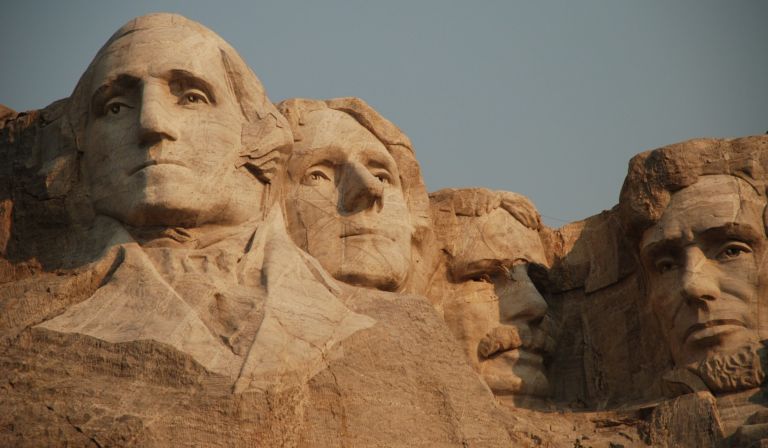That’s what author Scott Dawson claims in a new book called The Lost Colony and Hatteras Island. According to Dawson, the English colonists who settled the so-called Lost Colony were “never lost,” they simply “went to live with their native friends — the Croatoans of Hatteras.” From a detailed review in the Virginia Pilot:
A team of archaeologists, historians, botanists, geologists and others have conducted digs on small plots in Buxton and Frisco for 11 years.
Dawson and his wife, Maggie, formed the Croatoan Archaeological Society when the digs began. Mark Horton, a professor and archaeologist from England’s University of Bristol leads the project. Henry Wright, professor of anthropology at the University of Michigan, is an expert on native history. …
[The archeologists] have found thousands of artifacts 4-6 feet below the surface [on Hatteras] that show a mix of English and Indian life. Parts of swords and guns are in the same layer of soil as Indian pottery and arrowheads. …
Dawson’s book draws from research into original writings of [colonists] John White, Thomas Harriot and others. …
The evidence shows the colony left Roanoke Island with the friendly Croatoans to settle on Hatteras Island. They thrived, ate well, had mixed families and endured for generations. More than a century later, explorer John Lawson found natives with blue eyes who recounted they had ancestors who could “speak out of a book,” Lawson wrote.
The two cultures adapted English earrings into fishhooks and gun barrels into sharp-ended tubes to tap tar from trees. …
Archaeologists found a flower-shaped clothing clasp belonging to a woman with the other items. …
They also found round post holes where Indians built their long houses 25 feet to 60 feet long and they uncovered square post holes made by English during the same period.
“They were in the Indian village surrounded by long houses,” Dawson said.
Bones of turtle, wildfowl and deer bones indicate good eating. Pigs teeth turn up for generations.
“They never had to eat the last pig,” Dawson said.
Any skeletons uncovered during the digs were left untouched out of respect, Dawson said. …
There’s much more of interest in the Pilot’s review, including this detail that nicely illustrates the absurdity of the New York Times suggestion that slavery in America began in 1619 due to the unique moral failings of the English colonists:
The Secotans and the Croatoans hated each other, Dawson said. Secotans enslaved Croatoans just a few years before the English arrived [in 1584]. …
The Croatoans befriended the English as powerful friends with guns and armor. White’s colony welcomed their friendship, especially after one of their members, George Howe, was killed by the Secotans.
White was concerned about the danger posed by the Secotans when he left for England. The Croatoans saved the colonists by taking them away from Roanoke Island to their Hatteras Island village, Dawson said.
Read the whole article, and, if you can get your hands on it, you should read the book too.


